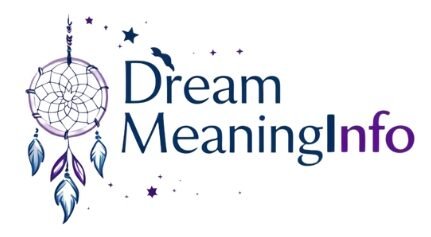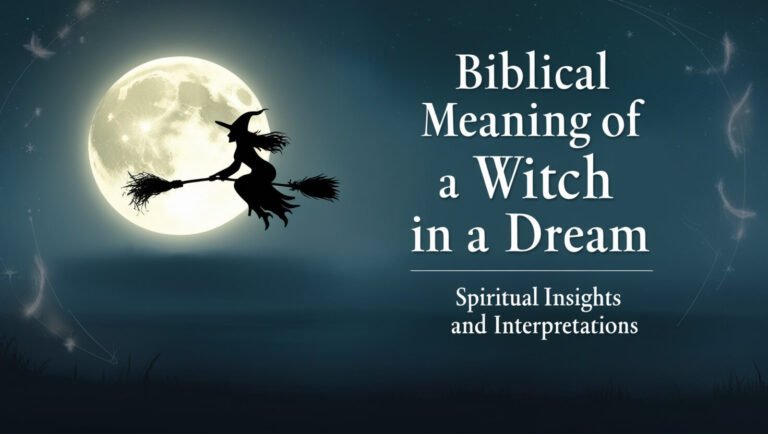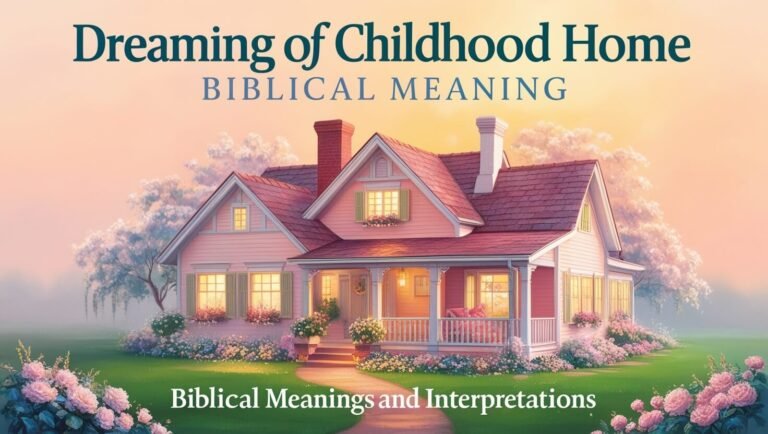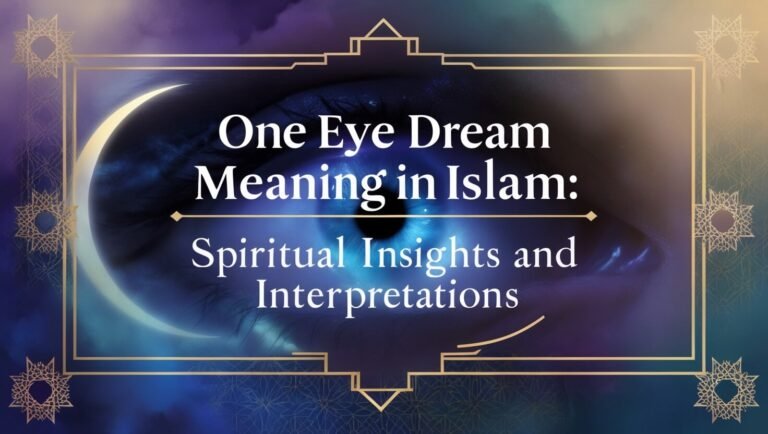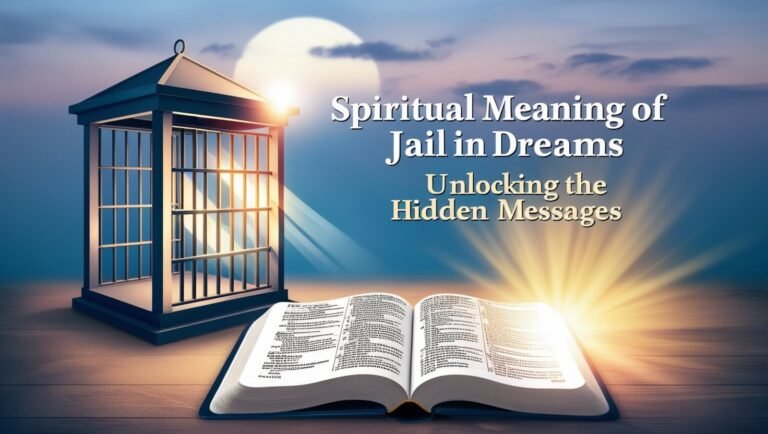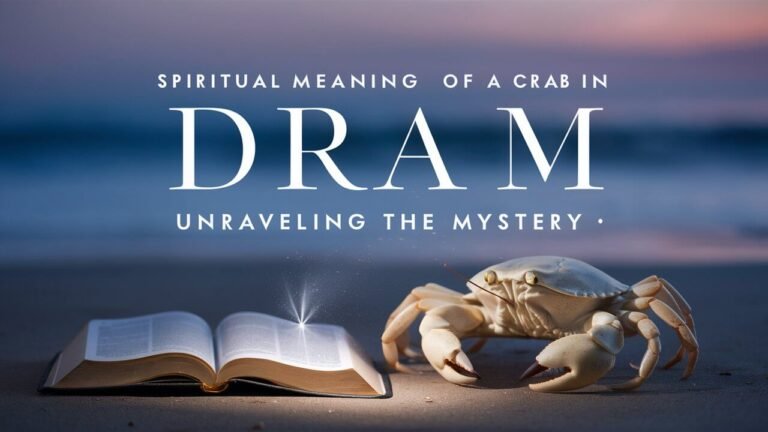The Spiritual Meaning of Dream Catchers: A Journey Through Native American Tradition

Dream catchers are filled with deep cultural traditions and spiritual wisdom. They are woven hoops with bright colors and patterns. These tell old stories and keep dreams safe for those who value them.
Native American tribes believe dream catchers are sacred. They filter dreams, keeping sleepers safe from bad influences. They guide us towards enlightenment.
The Lakota people and their leader, Iktomi, are key in dream catcher lore. Iktomi, the trickster, taught the Lakota about dream catchers. They symbolize the web of life, catching good dreams and letting bad ones go.
The Sioux people also use dream catchers. They believe they sift through dreams, keeping the positive ones and letting the negative ones escape. This shows the importance of dream catchers in their culture.
Dream catchers are symbols of protection, healing, and connection to the divine. Their story inspires people worldwide. It shows the strength of indigenous beliefs and the human spirit.
Origins of Dream Catchers in Native American Culture
Dream catchers have a rich history in Native American culture, mainly among the Lakota and Ojibwe tribes. A Lakota leader once had a vision of Iktomi, a wise trickster, as a spider. Iktomi spoke in a sacred language and used a willow hoop to teach about life’s cycles and the forces that shape our world.
The Sacred Lakota Vision of Iktomi
The story of Iktomi and the first dream catcher is deeply spiritual. The Lakota see the willow hoop as the circle of life. The web in it filters dreams, letting good ones through and keeping bad ones out.
Traditional Materials and Construction Methods
- Dream catchers are made from hemp rope, leather, cotton thread, and fumigated feathers.
- These materials are woven together by respected spiritual leaders. They create a sacred object full of spiritual power.
Role of Spiritual Leaders in Dream Catcher Creation
Making dream catchers is a sacred task. Lakota and Ojibwe spiritual leaders are key in creating these symbols. They use their knowledge to make each dream catcher spiritually significant and protective.
The Sacred Web: Symbolism and Design Elements
The dream catcher’s web is a symbol from Native American culture. It shows how everything is connected in the web of life. The circular shape of the hoop means life goes in cycles. The hole in the center filters dreams, letting good ones through and keeping bad ones out.
This web is a tool to help people achieve their goals. It makes the most of their dreams and visions. The circular symbol in Native American traditions means unity and harmony. It also represents the cycle of life, death, and rebirth.
- The circular shape represents the web of life and the interconnectedness of all things.
- The hole in the center is a portal, allowing good dreams and visions to pass through while trapping the bad.
- The web itself is a symbol of circle symbolism, filtering and guiding one’s dreams and aspirations.
The dream catcher’s design and materials carry deep Native American symbols and meanings. They reflect the spiritual beliefs and traditions of the indigenous peoples who made this talisman.
The Spiritual Meaning of Dream Catchers: A Journey Through Native American Traditions
Dream catchers have deep spiritual meaning in Native American cultures. They connect people to the Great Spirit, showing the web of life. These sacred objects filter dreams and offer healing powers.
Connection to the Great Spirit
The dream catcher shows Native American belief in all things being connected. It acts as a channel for the Great Spirit’s energy. By having a dream catcher, people aim to be in harmony with the universe and their ancestors’ wisdom.
Web of Life Representations
The dream catcher’s web symbolizes life’s connections. Each strand represents the ties between all living beings. It catches dreams, letting good ones through and keeping bad ones out. It reminds us of the natural world’s interdependence.
Protection and Healing Properties
Dream catchers are known for their spiritual protection and healing. The Lakota people see them as guardians against bad dreams. They believe dream catchers can change harmful energies into positive forces, helping personal growth.
Dream Interpretation Through Indigenous Beliefs
Native Americans of the Great Plains believe the air is full of dreams, both good and bad. They see the dream catcher as key in sorting these dreams. They think good dreams pass through the dream catcher’s hole and reach the sleeper. Bad dreams get caught in the web and disappear with the dawn.
The Ojibwe people, who started dream catchers, are a big part of America and Canada. They believe dreams offer spiritual guidance and strength. The dream catcher is seen as a sacred way to receive these messages.
- The Ojibwe believe the dream catcher traps bad dreams, while the Lakota believe it catches the light forces and lets the dark ones slip away.
- Different tribes have varying interpretations of dream catchers, reflecting the rich diversity of Native American cultures.
- Native American mothers are known to have suspended dream catcher charms from a hoop on their infants’ cradleboards to help entertain them and protect them from bad dreams.
The dream catcher’s role in sorting dreams shows the strong Native American dream interpretation traditions. It’s seen as a protector of good dreams or a catcher of bad ones. The dream catcher is a powerful symbol of the good and bad dreams believed to fill the air. It connects Native American communities to their spiritual heritage.
Ojibwe Cultural Significance and Teachings
Dream catchers are very important to the Ojibwe people. They live in the Great Lakes region of North America. These objects carry the wisdom of their ancestors, connecting them to their spiritual heritage.
Ancestral Wisdom
The Ojibwe believe dream catchers hold their ancestors’ wisdom. The circular design, with feathers and beads, shows life’s cycle and connection. It shows their respect for nature and their cultural traditions.
Ceremonial Uses
- Dream catchers are used in Ojibwe ceremonies like naming rituals and coming-of-age celebrations.
- They are hung in homes to protect and promote positive dreams.
- Ojibwe elders teach the younger about dream catchers, keeping the tradition alive.
Dream catchers mean a lot to the Ojibwe. They represent their ancestors’ teachings and their cultural heritage. These objects help the Ojibwe stay connected to their past and guide them towards a future filled with wisdom.
Sacred Geometry in Dream Catcher Patterns
Dream catchers are a deep symbol of Native American spirituality. They have designs that show sacred geometry. The circle, or sacred hoop, means unity and the cycle of life.
Native American artists use these circles to create geometric patterns. Each pattern has its own meaning in their culture and beliefs.
The patterns in dream catchers are more than just pretty designs. They show the connection of all things, a key idea in Native American thought. Triangles stand for balance, and spirals show the cycle of life.
These designs also help in spiritual ways. The web-like pattern is thought to keep out bad energy. It lets good vibes through, protecting us.
The symmetry in dream catchers is not just pretty. It shows the deep geometry of the Native American world.
As dream catchers have become popular worldwide, their geometric patterns have stayed the same. They show the lasting importance of these designs in Native American art and spirituality.
The Role of Feathers and Natural Elements
Feathers are key in dream catchers, showing the bond between Native American art and nature. Each feather has its own spiritual meaning, showing the variety of beliefs in indigenous cultures.
Significance of Different Feather Types
- Eagle feathers symbolize strength, courage, and wisdom.
- Owl feathers stand for intuition, insight, and seeing beyond illusions.
- Hawk feathers mean vision, clarity, and focus, helping the dreamer on their spiritual path.
Natural Material Symbolism
Dream catchers also use natural materials, each with its own meaning. The hoop is often made of willow or grapevine, showing life’s cycles. The web is made of cotton, sinew, or silk, symbolizing our connection to each other.
| Material | Symbolic Meaning |
|---|---|
| Willow or Grapevine | Cyclical nature of life |
| Cotton, Sinew, or Silk Fibers | Interconnectedness of all beings |
| Stones, Crystals, and Shells | Connection to the earth and its elements |
The natural materials in dream catchers show Native American cultures’ deep respect for nature. Each piece is filled with spiritual importance.
Dream Catchers as Protective Talismans
Dream catchers hold a special place in Native American culture. They are seen as powerful tools for protection. These creations are thought to filter out bad dreams and keep the good ones.
They are more than just decorations. Dream catchers connect people to the Great Spirit’s wisdom. They offer a link between the physical and spiritual worlds, helping with personal growth.
The web-like design of dream catchers symbolizes connection. It shows how our actions and thoughts affect each other. By using dream catchers, people can understand the world better and find harmony.
